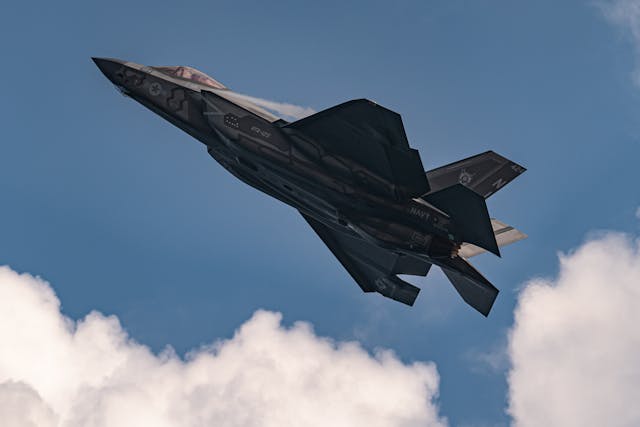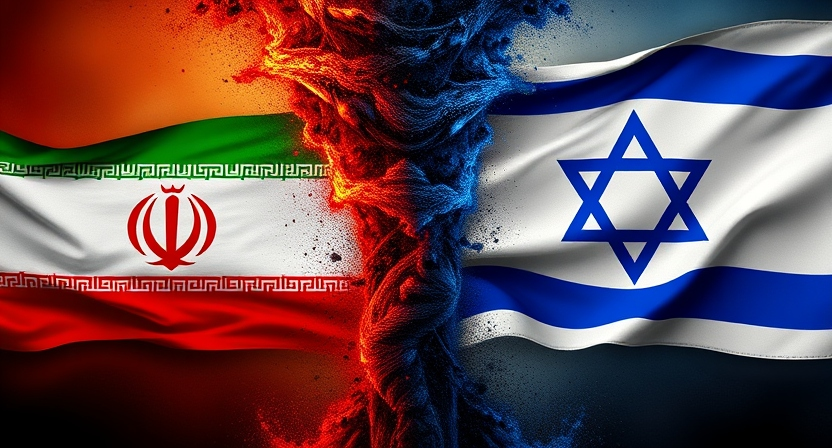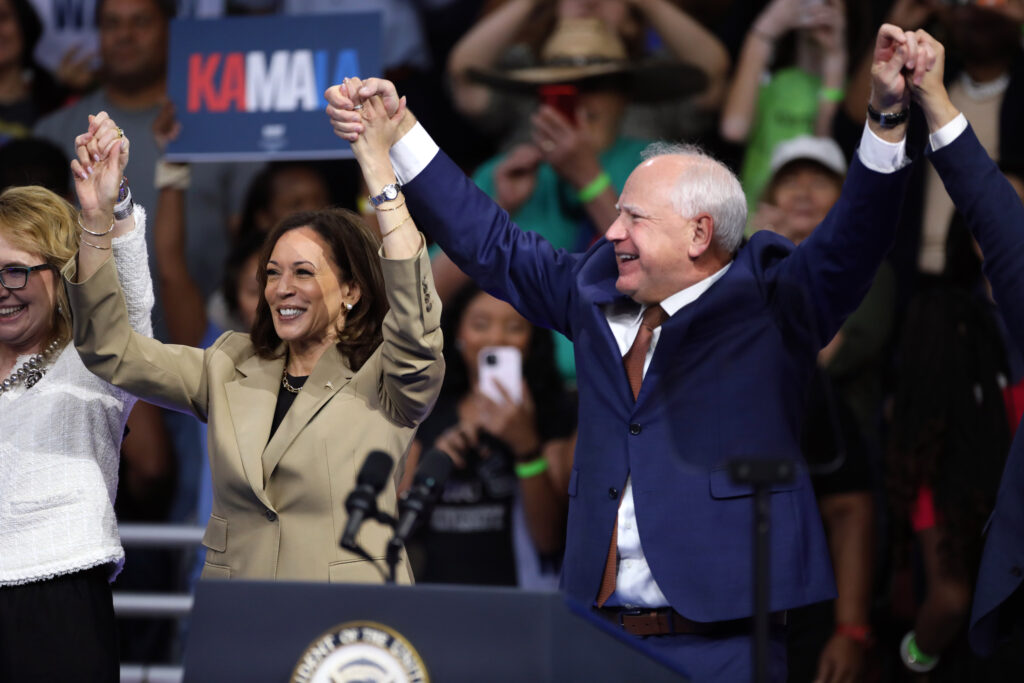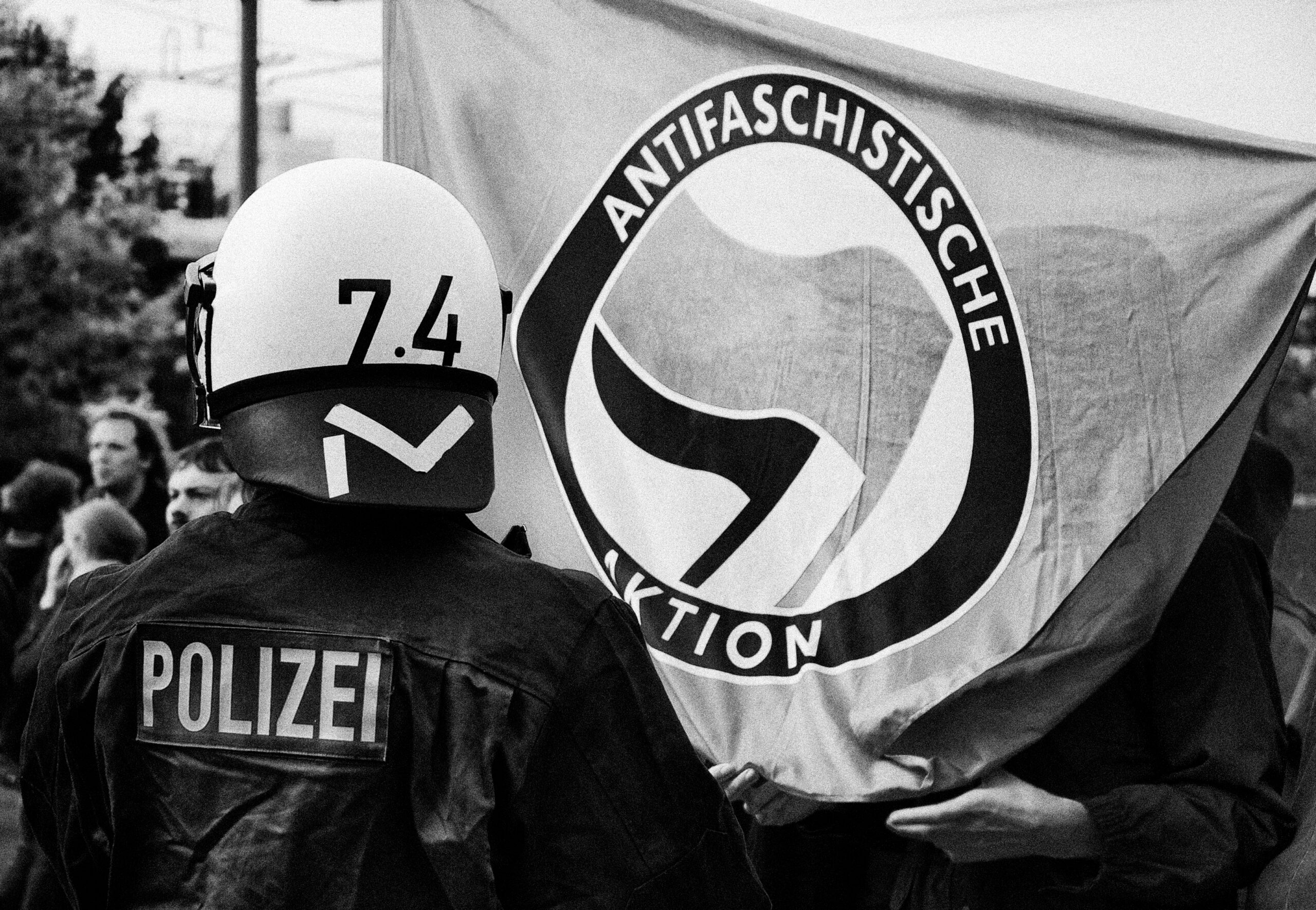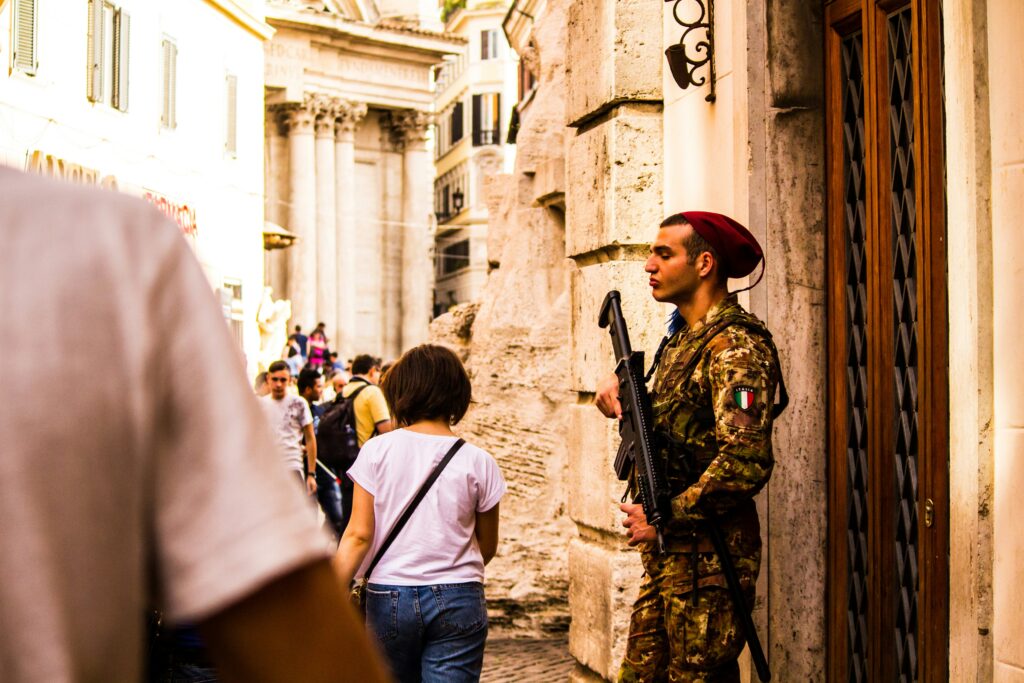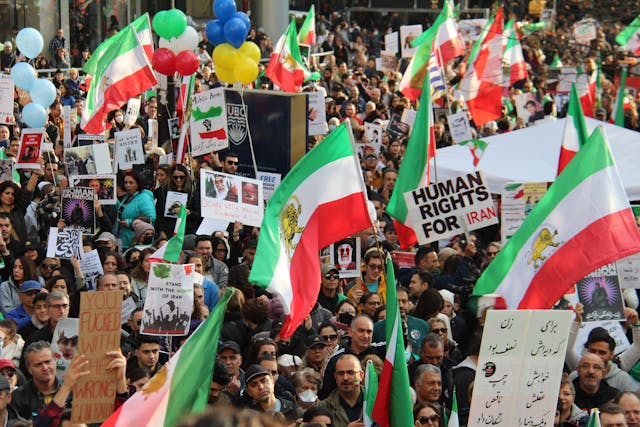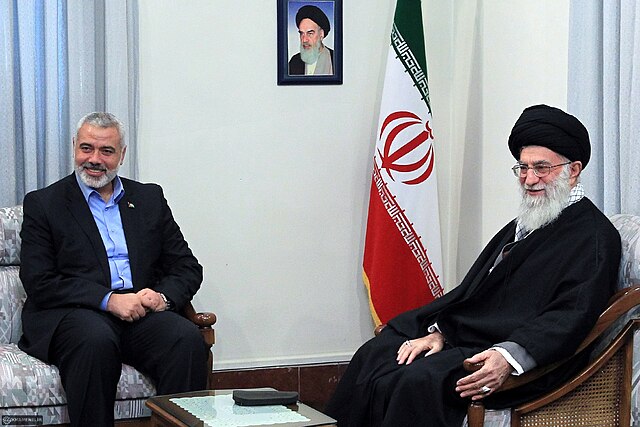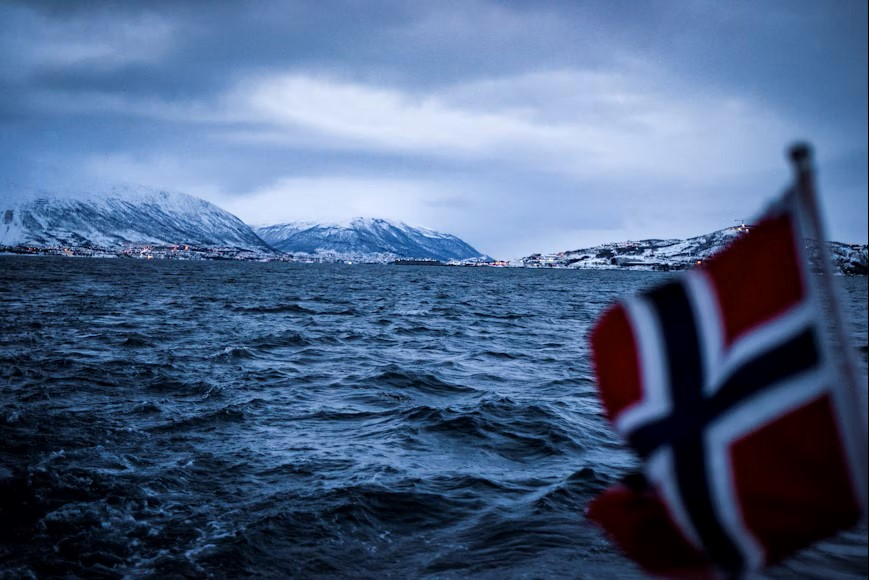by Davide Gobbicchi - Human Security Team
The return to power of the Taliban in Afghanistan has shed light on Central Asia’s geopolitics and security issues, with many analysts fearing that Afghanistan would initiate a domino effect of destabilisation and Islamic radicalisation across a particularly unstable region of the world. Kashmir has best symbolised the complexity of South Asia, given its decades of instability, ethnoreligious tensions and major great powers' interests. Assessing this region helps us understand one of the most strategic and complex areas in the world.
This article attempts to uncover the motivations behind the long-standing conflict that turned Kashmir into the world’s most militarised region, to consequently try providing policy recommendations that could bring Kashmir stability and development, much to the benefit of its people, the larger geographical area, and the international community as a whole.
This article will be divided into two parts: the first will focus on the region’s historical and sociocultural context as well as its political structure, investigating the factors behind Kashmiris’ unique identity and the developments leading Kashmir to its current state of affairs; the second part will then analyse the solutions to the conflict proposed by the recent international academic literature and try to uncover the motivations behind Indo-Pakistani inability to implement such solutions, finishing by presenting policy recommendations for the actors involved in the conflict.
Understanding Kashmir: history and cultural identity
Kashmir’s geographical position at the crossroads of empires and its predominantly mountainous nature created throughout the centuries two conditions common to such regions across the world: a highly heterogeneous population within an isolated territory. The centuries-old melting pot resulting from the region’s location destroyed classic patterns of identity (religion and language) and generated a society with incongruous religious-linguistic divisions, thus preventing the radicalisation of social groups along ethno-religious lines and instead nurturing a culture of peaceful coexistence among different religions and ethnicities that became known as “Kashmiriyat”. Simultaneously, Kashmir’s territorial morphology provided a natural barrier- mountains-against excessive foreign influence, thereby preserving a strong regional identity based not on a unique language, culture, or religion, but rather on the unique coexistence and intermingling of many.
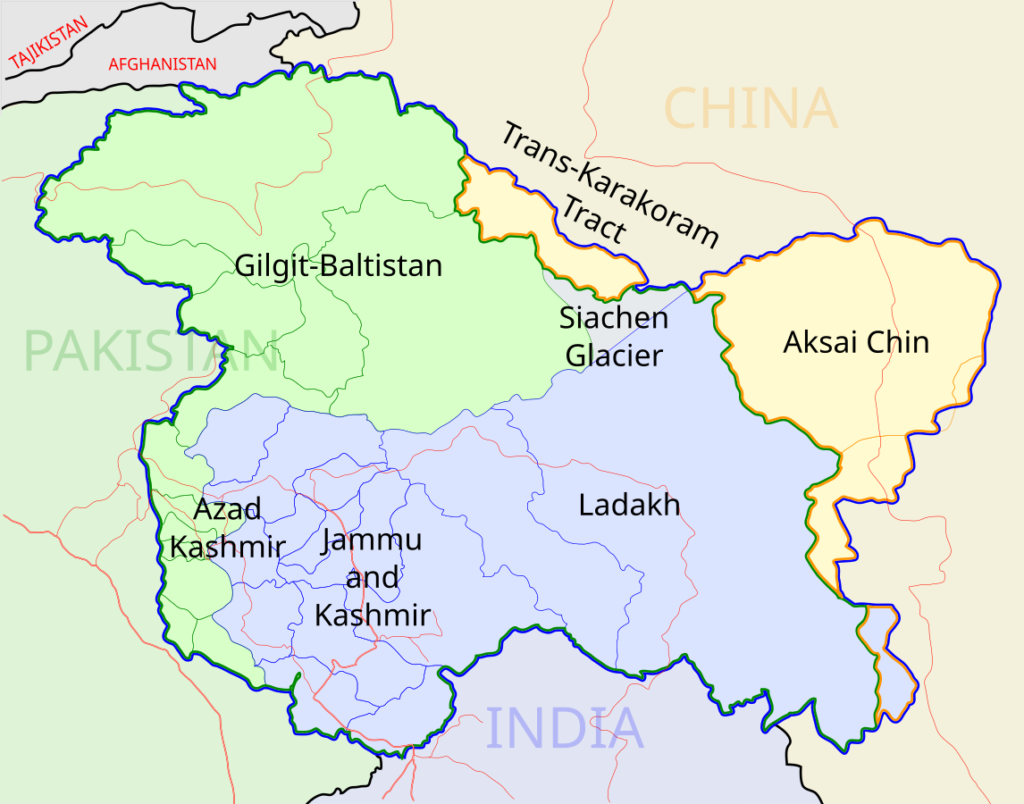
Source and link: Wikimedia Commons.
The establishment of the "Princely State of Kashmir and Jammu" in 1846 marked the beginning of a distinct political entity in the region. The Maharaja of this new kingdom retained control over most internal matters while recognising the suzerainty of the British Empire. During its century of quasi-independent rule (1846–1952), the region saw the cultivation of ideals such as tolerance, secularism, and pluralism, which had long been part of its historical identity. Challenges emerged following the partition of 1947, as ethno-religious tensions in the newly created states of India and Pakistan began to affect Kashmir. The initial neutrality and aspirations for independence within the Princely State of Kashmir and Jammu encountered opposition from both India and Pakistan, each of which viewed Kashmir as integral to their national identities.
In 1947, armed tribal forces from Pakistan entered Kashmir, citing reports of violence against Muslims in the region, and sought to integrate Kashmir with the newly established Islamic Republic of Pakistan. in response to the foreign invasion, the Maharaja of Kashmir and Jammu - being himself a Hindu - requested India to intervene and stop Pakistani incursions into Kashmir, consequently allowing for Jammu and Kashmir to become part of the country. India’s intervention marked the beginning of the First Indo-Pakistani War (1947-1948) and - upon India’s request - the intervention of the UN to settle the dispute. UN Resolutions 47 and 48 called for a ceasefire and proposed a plebiscite to allow the people of Jammu and Kashmir to determine their political future. While a ceasefire was achieved and a ceasefire line established, disagreements between India and Pakistan prevented the implementation of the plebiscite, leaving the region divided and its population in a state of uncertainty.
In the following decades, the political and territorial landscape of Kashmir underwent further changes. The Sino-Indian War of 1962 resulted in China gaining control of the eastern region of Aksai Chin. The Third Indo-Pakistani War of 1971 led to the 1972 establishment of the Line of Control (LoC), a de facto border based largely on the previous ceasefire line, separating Pakistani-administered and Indian-administered territories. Despite a fourth Indo-Pakistani war in 1999 and subsequent smaller clashes, the region remains a point of contention between the two nations.
Kashmir remains to this day under the fragile division established by the 1972 Line of Control. However, decades of Indo-Pakistani influence and conflict have changed Kashmiri identity, slowly eroding the principles of tolerance and pluralism (Kashmiriyat) on which it had been resting for the previous centuries: Islamic fundamentalism - backed by Islamabad and fueled by New Delhi’s Hindu nationalism - gradually moved away from its historical irrelevance to gain growing importance in political and societal discourses, becoming the pillar of several political and civil society movements within the region. The increasing radicalisation among segments of the Muslim Kashmiri population contributed to the eruption of violence and terrorism, leading to the displacement of several religious minorities, including the Hindu Kashmiri Pandits, who relocated to predominantly Hindu areas of the region; these migrations impoverished the society’s ethnocultural diversity and consequently led to the alignment of identity with religion, thereby allowing the flourishing of geographical and sectarian divisions within Kashmir. These newly arising divisions greatly worsened living conditions, further fomenting extremism and interreligious hatred.
The political division of Kashmir
As of today, India controls about 55% of Kashmir, Pakistan 30%, and China roughly 15% of it. Kashmir is now divided into four areas, with two under Indian control and two under Pakistani control, excluding the mostly uninhabited Chinese-controlled part of the region.:
- Jammu & Kashmir (now “U.T. of Jammu and Kashmir”, and “U.T. of Ladakh”): This subregion under Indian control was given the status of “State” and granted a special degree of autonomy over its internal affairs by the Indian Constitution (article 370; article 35a). In 2019 the Indian Government - after decades of debate - approved the “Jammu and Kashmir Reorganisation Act”, which abrogated the two articles and split the state into two “Union Territories” that enjoy far less autonomy than States: “the Union Territory of Ladakh”, and the “Union Territory of Jammu and Kashmir”. Such a highly contested Act (justified by the Indian Government as a way to stimulate “financial activities, transparency in administration and growth in J&K’s economy.”) de facto marked the end to what was known as “Kashmiri Exceptionalism”, and was (and still is) met by widespread protests throughout the region (now divided into two different administrative territories), since many saw New Delhi’s centralism as an attempt to colonise the region and alter its unique identity.
- Gilgit-Baltistan: this territory controlled by Pakistan is administered by the “Gilgit-Baltistan Empowerment and Self-Governance Order 2009”, which officially grants the region self-rule but de facto puts it under the control of “an Islamabad-based council with its Chairman being the Prime Minister of Pakistan”. The order further facilitated Islamabad’s policy of ethnic substitution in the region - given Gilgit-Baltistan’s Shia majority in direct opposition to Pakistan’s Sunni tradition - thereby fueling tensions across the territory and demands for separatism.
- Azad Kashmir: this second region under Pakistani rule officially enjoys a wide degree of autonomy under its Interim Constitution of 1974, though it de facto is - like the other Pakistan-controlled region - completely subject to the will of Islamabad. Major natural disasters and the resulting mass emigration rapidly changed the territory’s demographics, drawing it closer to the rest of Pakistan.
Having explained Kashmir’s sociocultural and political context, the second part of the article will focus on the solutions to its critical state of affairs.

